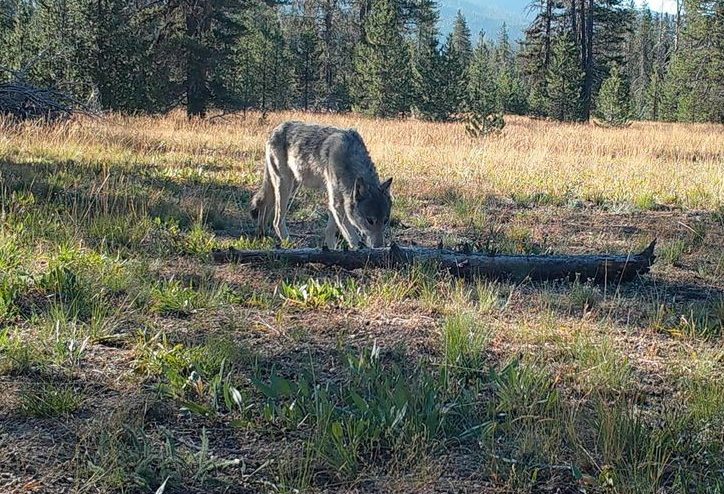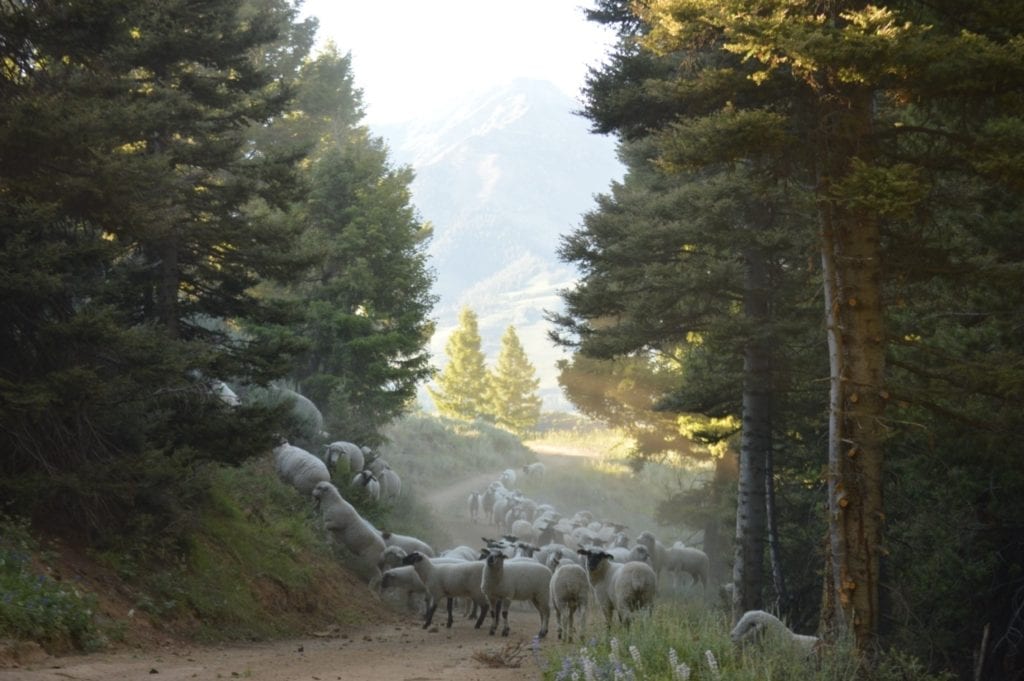
PROMOTING HUMAN AND WOLF COEXISTENCE THROUGH PROACTIVE NONLETHAL MEASURES
The Wood River Wolf Project

Take the Pledge
Join the International Wildlife Coexistence Network and take the pledge to embrace a coexistence consciousness as a citizen of the earth. Members will have full access to resources, the latest news, and much more to come!
Let's go!










